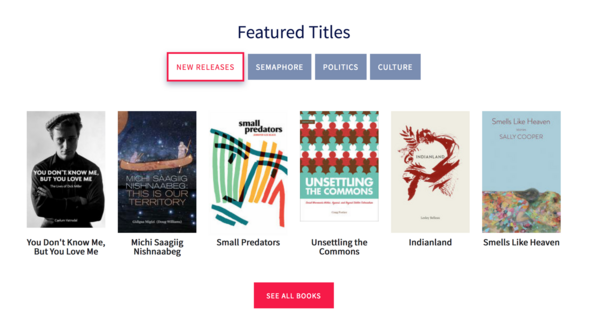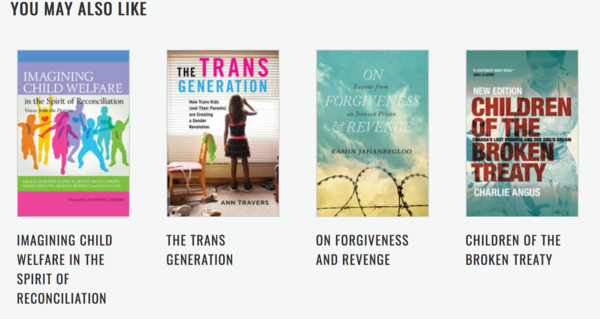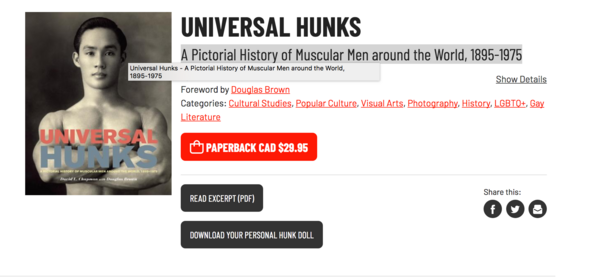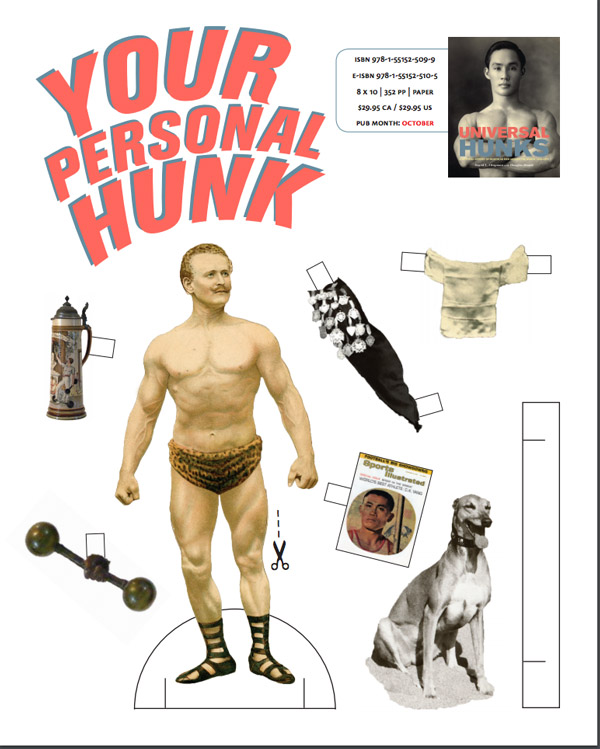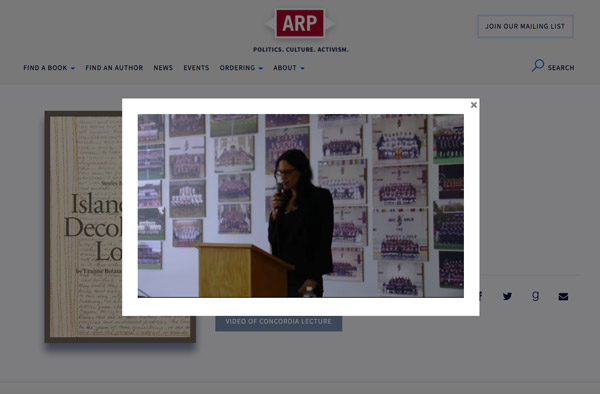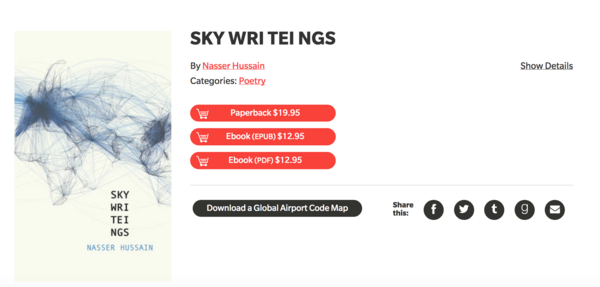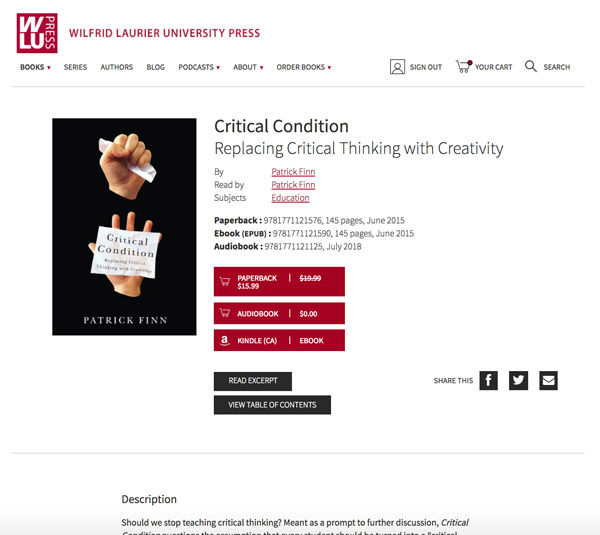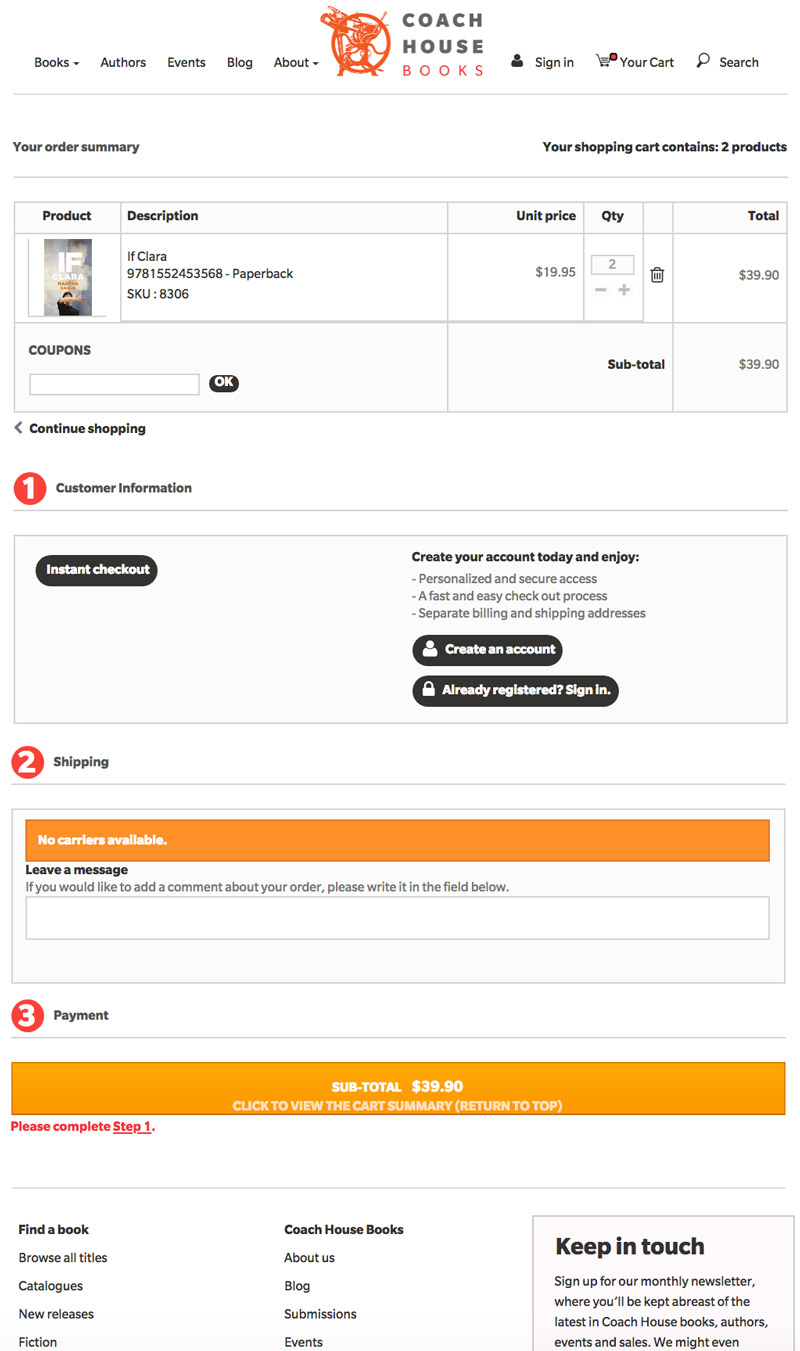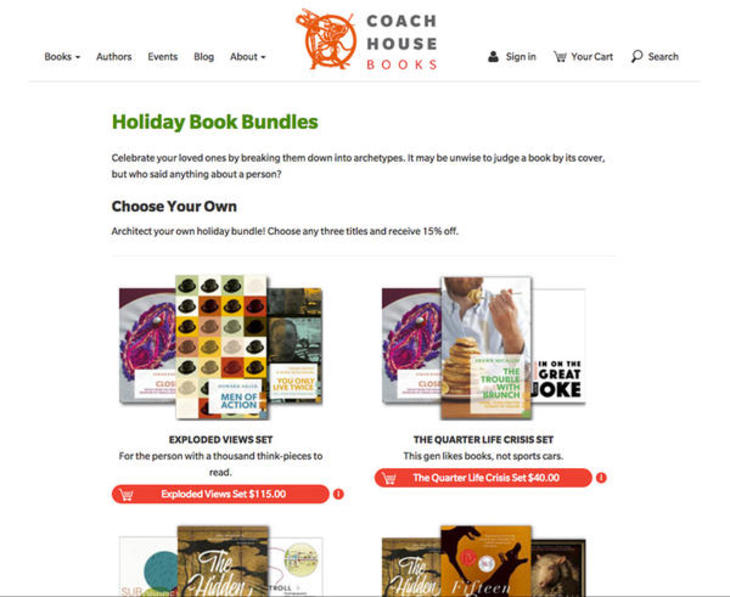Every sports fan and athlete knows that home field advantage is a real thing – a solid opportunity to win games whatever the odds, a chance to change the dynamics of competition. In the publishing world, home field advantage is a metaphor that works when we think of the ability publishers now have to sell books to readers from their own websites.
In the past, publisher websites functioned largely to house catalogues and share information on author submissions. Now, they can be designed to build direct sales, stimulate reader engagement, and encourage fans to spread the word about books, events, and authors. Publishers can meet readers where they’re at – online – and reach them while they’re in the mood for a great new book.
Where Readers Are, You Need to Be
Your readers are online – a lot. They wake up, punch their passwords into their phones, check their favourite sites and email accounts, and then head to work (often still glued to their phones on commutes and in coffee shops). And they’re finding and buying many of the books they read while they are online. In fact:
- About half of Canadian book buying now happens online;
- Half of Canadians discover the books they go on to read online;
- Four in 10 book recommendations are now transmitted online.
For book publishers, readers’ digital immersion entails a revolution in thinking about their websites. There is an opportunity to connect with readers in ways that were not available even three or four years ago using tools and strategies that allow your website to function as:
- A powerful showcase for books;
- A destination for readers who want to feel as if they are part of a tribe defined by good taste in books and/or expertise in a particular subject;
- A jumping-off point for extending audience via social media;
- A point of sale for readers who want to buy books directly.
The reimagined publisher website is a channel you can control. With it, you can reach readers directly; promote your books, authors, and events; and use it as a foundation for marketing and for reaching a wider audience for individual books and authors. Today’s web tools and services make it easier and more affordable than ever to do these things.
Having a base of fans you can efficiently reach, engage, and grow over time is likely part of your work already via mailing lists, social media, and direct sales. A powerful website amplifies these efforts in a way that doesn’t require great extensions of budget or staff time.
How to Build It So They Will Come
Here are some more specific ideas about how to connect with and engage your audience on your website.
1. Be the best source of information about your books
No other site should have better information about your books than yours. Sync your site to the ONIX repository and use this to keep your listings up to date without the need for manual updates. Leverage all the info about your books and get creative with how you position, promote, and sell them. For example:
- Feature them on the homepage as well as on a category landing page (e.g., readers can browse all books on the Wilfred Laurier University Press homepage or narrow their focus by clicking on a category, e.g., Indigenous Studies);
- Suggest them to readers checking out another book on the site (e.g., via a You May Also Like feature as shown below on a University of Regina Press book title page.
2. Feature value-added content
Make the best use of all the content you have. Every publisher has content that isn’t used by ONIX: audio, video, teaching resources, excerpts, interviews, and more. Feature this content on your site to increase the search optimization and reader impact of your title listings. Use it on your blog to drive reader engagement and sales. For an extraordinary example, see how Arsenal Pulp Press has made it possible for readers to “download a personal hunk doll (PDF)” in support of their title Universal Hunks: A Pictorial History of Muscular Men around the World, 1895–1975. Creative genius!
In the ARP screenshot below, you’ll see that readers can download the music/spoken word album of Leanne Simpson’s Islands of Decolonial Love.
3. Create original content to engage readers
Create podcasts, behind-the-scenes interviews with authors, reviews, updates...the possibilities are endless if you focus on creating compelling content that will keep readers and fans coming back to your site. Coach House Books intrigues us with their “Download a Global Airport Code Map” on the title page for SKY WRI TEI NGS, a collection whose poems all use major airports’ three-letter codes from the International Air Transport Association. It’s a fantastic way of (further) piquing readers’ interest in a wonderfully original idea.
4. Focus on driving conversions
What you ultimately want is book sales, so focus on how to get your engaged readers buying books. This may mean on-site promotions, or it may mean more “buy” buttons on your site (see the multiple formats highlighted on Wilfred Laurier Press’s Critical Condition title page). Consider the buyer journey and set your site up to achieve it.
5. Take the friction out of the buying process
Make it easy for people to buy from your site. Have a single page checkout, with shipping options and incentives. You may not be able to replicate the Amazon model, but keep its simplicity in mind. Long and confusing checkouts rank among the five biggest reasons customers abandon shopping carts (shipping costs are number one).
6. Email is the killer app
It may seem old school, but nothing converts like email. It’s the best way to have a direct relationship with readers and enables you to stay in touch regularly with compelling offers, updates, and incentives. Email has been found to be 40 times more effective for acquiring new customers than Facebook or Twitter (in part because of the fact that virtually everyone uses email), and the rate at which email prompts purchases is estimated to be at least three times that of social media. Once you have an email list, and you nurture it by delivering great content and calls to action, you have an audience you can reach over and over again.
7. Run cheap experiments
Use your site to try some easy experiments – promotions, sales, book bundles, subscription promotions, even crowdfunding or donation campaigns. Find out what works, then rinse and repeat! With a well-engineered site, none of this stuff is very hard to do. It doesn’t have to cost a lot and it shouldn’t take staff too much time.
Having a site with some of this functionality can be a real foundation for sales and marketing, whether in the form of direct sales off the site, helping to drive word of mouth, or being a hub for a lot of the other work that you’re doing online already on social, email, or other discovery or retail sites.
Putting your website to work in this way will help you to accumulate a group of readers that are interested in what you’re doing and happy to tune in regularly. And that is a definitely home field advantage: an opportunity to sell to readers who are already online and willing to buy from you instead of Amazon – because you’ve interested and engaged them and because you’ve made ordering off your site an easy, pleasurable thing to do.
